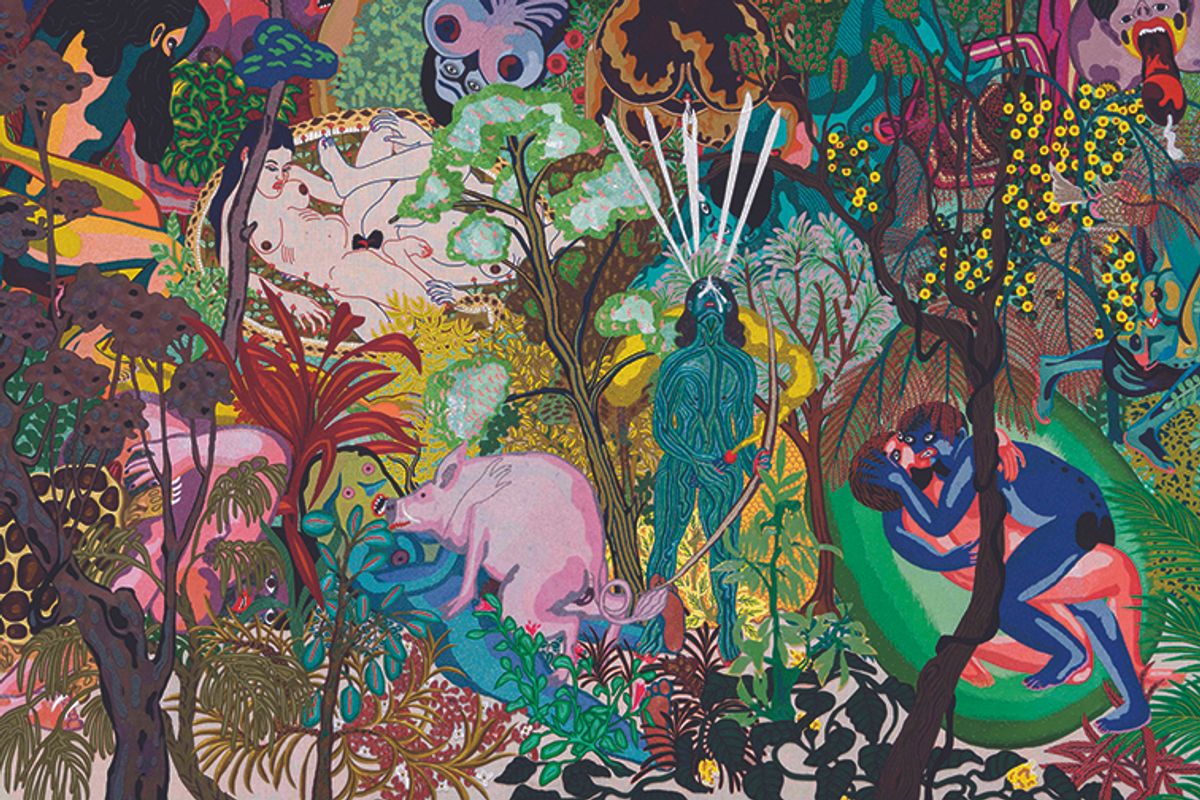For its forthcoming 14th edition, India Art Fair (IAF) in New Delhi, South Asia’s largest commercial art event, rethinks its focus. This month, an expansion of floorspace will allow for 71 galleries to take part—up from 63 in 2022 and 68 in 2020, its last event before the pandemic. This move comes soon after India overtook the UK to become the world’s fifth largest economy, with its art market seemingly stronger than ever. According to a report by Indian Art Investor, India recorded its highest turnover in fine art sales in 2022.
These figures are matched by claims—albeit ones that cannot be verified by The Art Newspaper—that the fair’s last edition, held in April 2022, was its “best ever” in terms of sales, according to Jaya Asokan, IAF’s director.
It is not just the fair’s numbers that are changing but its geographic makeup, too. This year notably contains almost no prominent Western galleries. Previous editions typically had between four and six such exhibitors offering blue-chip, typically non-South Asian, art such as David Zwirner, neugerriemschneider, PSM and White Cube. This year counts just two: Gallery Continua and Marc Straus. (Asokan does not say whether this shift is due to a lack of applications from major Western galleries.)
This gives even more space to the dozens of Indian and South Asian-focused galleries that have always dominated the fair’s aisles—ranging from the established Project 88 in Mumbai, to newer spaces like Art District XIII in New Delhi. Asokan says the fair is responding to the “shift in the sense of purpose among both established and young collectors in nurturing artists from South Asia, including those from lesser-known parts of India”. Accordingly, galleries from cities outside the market hubs of Delhi and Mumbai are well represented, including Hyderabad, Pune and Vadodara.
What now appears to be of key importance to IAF is ensuring that India’s art-market resurgence is steady and felt across all parts of the sector. Asokan and her team have rolled out several initiatives “aimed at engaging a new generation of collectors and converting interest from the burgeoning millennial and middle-class demographic”, including a Young Collectors Hub at Bikaner House, in the heart of New Delhi. This month’s edition will be a telling sign as to whether India’s key market players can finally expand their reach beyond the handful of billionaire collectors that have propped up the region’s market for three decades, and shift the fair’s function, as Asokan hopes, to become “a gateway and entry point into the art and culture of collecting”.


